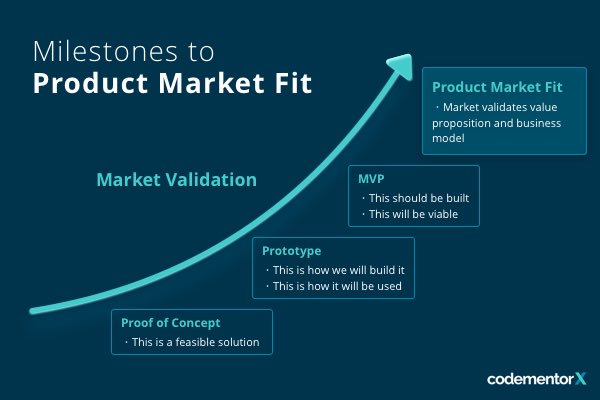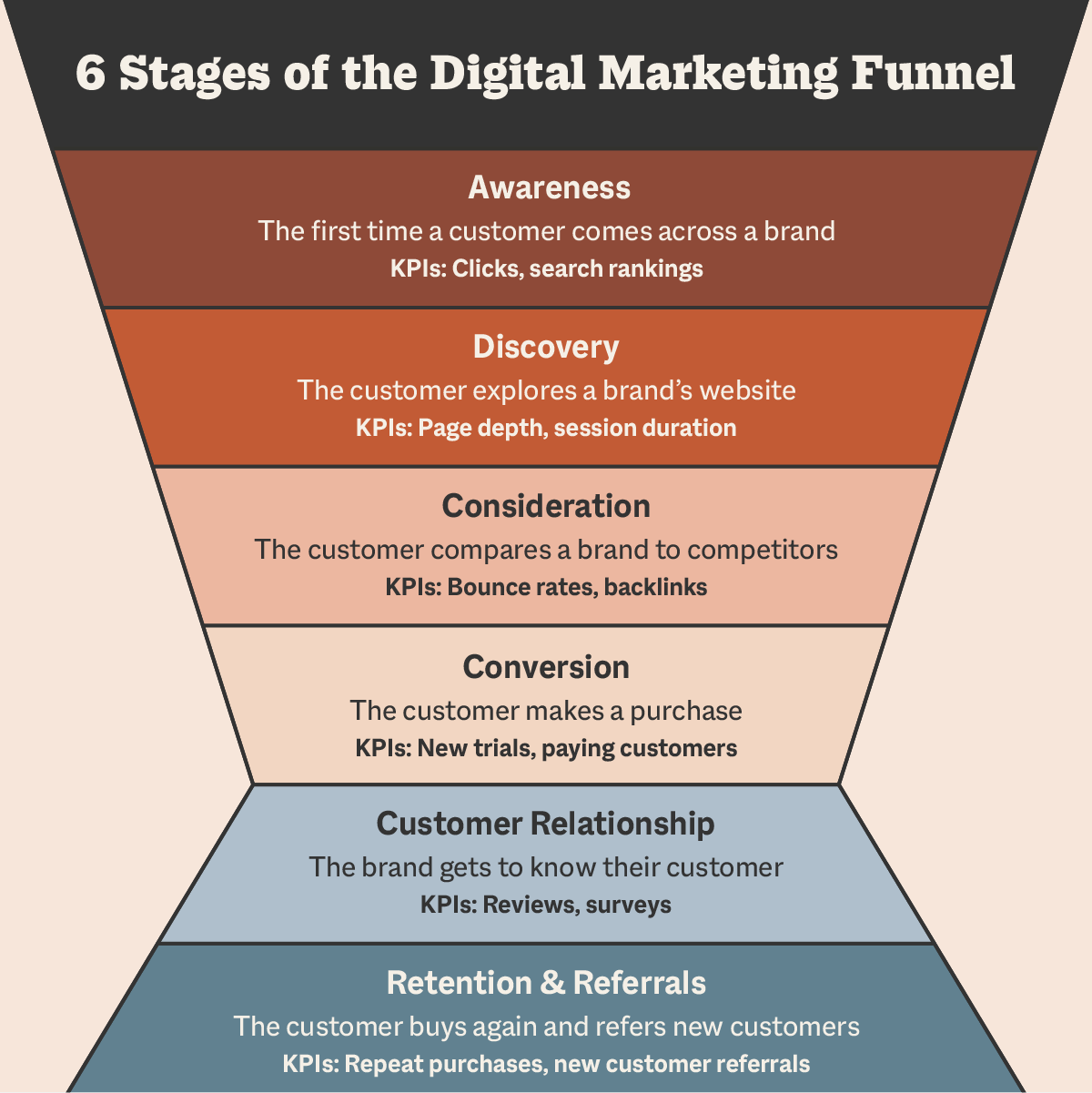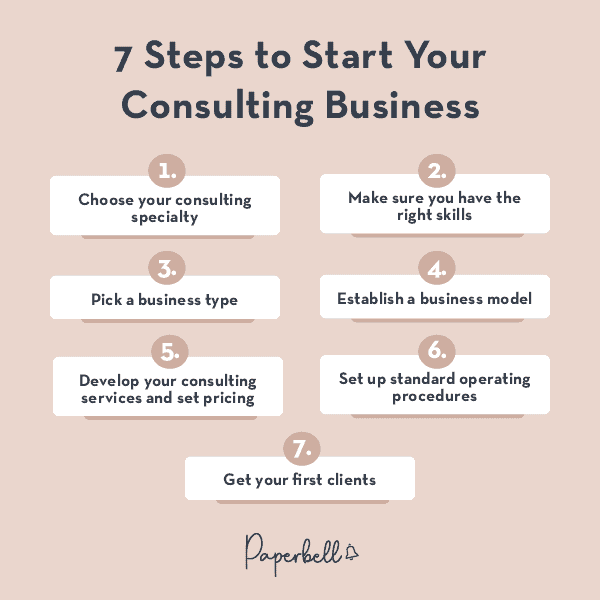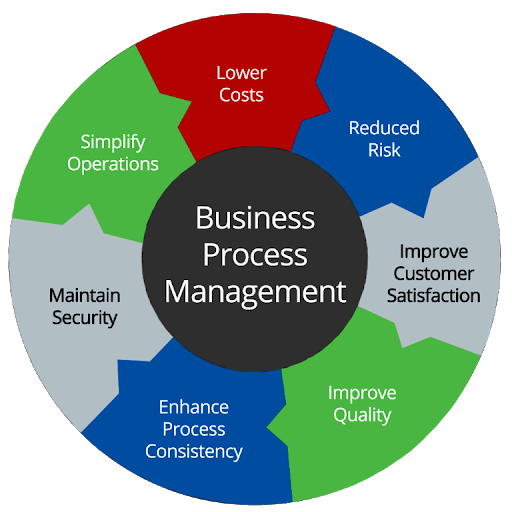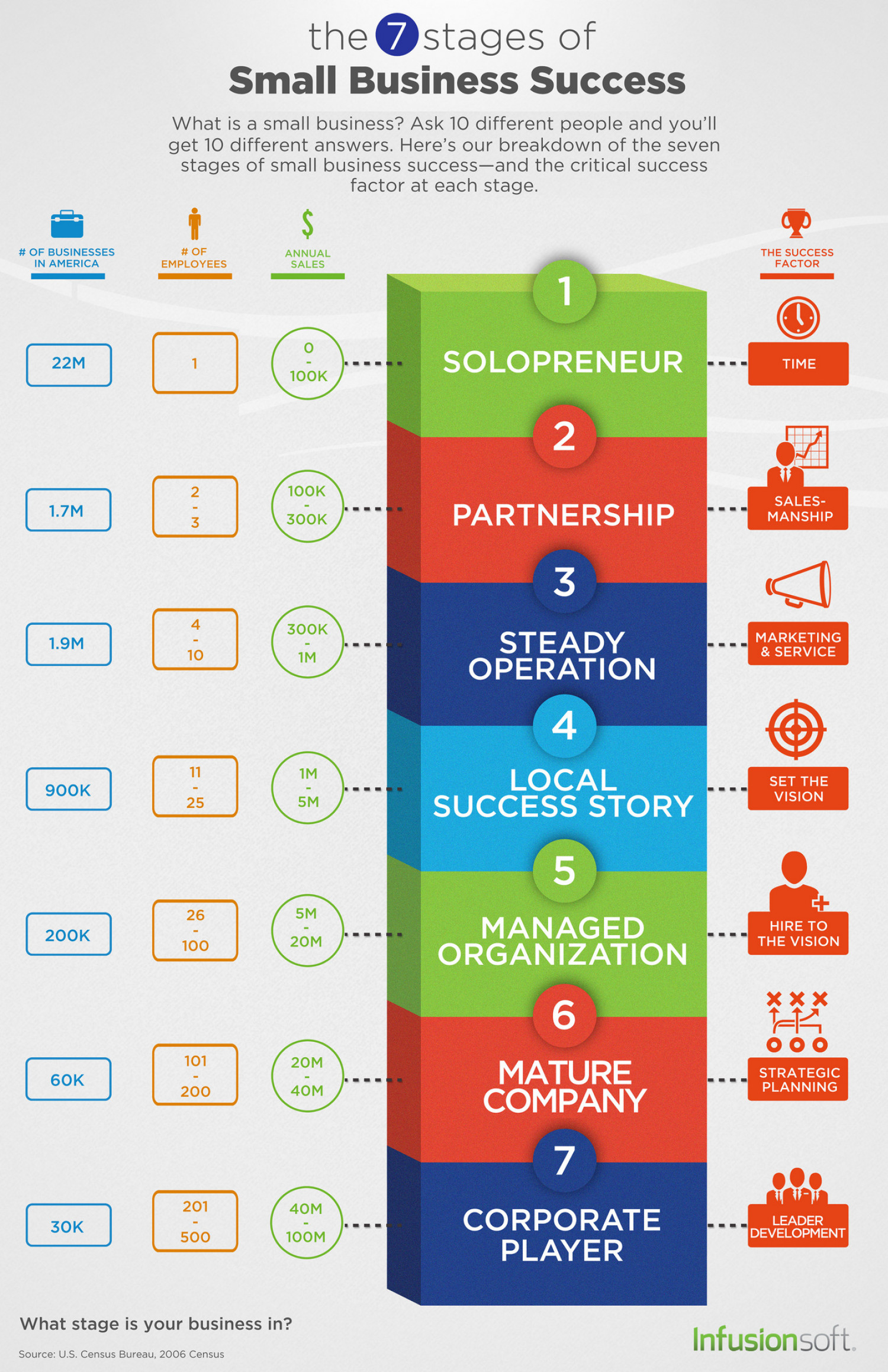How to Take Your Product from Concept to Reality
Bringing a product from concept to reality can be an exciting yet challenging journey for entrepreneurs and innovators. Whether you have a groundbreaking idea or a simple but effective solution to a problem, turning it into a tangible product requires careful planning and execution. In this blog post, we will guide you through the essential steps to transform your product concept into a reality.
1. Define your product concept: Begin by clearly defining your product concept, including its purpose, target audience, and unique features. Conduct market research to validate the demand for your idea and identify any potential competitors. This step lays the foundation for the development process.
2. Conduct feasibility analysis: Before investing significant time and resources, conduct a feasibility analysis to assess the technical, economic, and operational viability of your product. Evaluate factors like cost of production, manufacturing capabilities, potential roadblocks, and regulatory requirements.
3. Develop a prototype: Prototyping is an integral part of the product development process. Create a physical or digital prototype to visualize and test your idea. Iterate and refine your prototype based on feedback from potential users and stakeholders. This iterative process helps anticipate and rectify design flaws early on.
4. Protect your intellectual property: Safeguard your product concept by filing for patents, trademarks, or copyrights, depending on your invention’s nature. Legal protection not only provides exclusive rights but also enhances the market value of your product.
5. Design for manufacturability: Collaborate with a team of engineers and designers to create an optimized design for manufacturability. Consider factors like cost-effective materials, ease of assembly, and scalability. Balancing functionality, aesthetics, and affordability is crucial at this stage.
6. Build a supply chain: Establish relationships with reliable suppliers and manufacturers who can produce your product at scale. Ensure the chosen partners meet quality standards, have the capacity to meet demand, and align with your production timeline. Watch for opportunities to optimize costs without compromising quality.
7. Manufacture and test: Begin the production process after configuring your supply chain. Conduct rigorous testing to ensure your product meets quality standards and safety regulations. Evaluate usability, durability, and performance to refine and validate your design.
8. Launch and market your product: Develop a comprehensive marketing strategy to generate buzz and reach your target audience. Leverage digital platforms, social media, content marketing, and influencer partnerships to create awareness and drive sales. Collect user feedback to gain insights for product improvements.
9. Monitor and iterate: Once your product is in the market, gather feedback from customers and track user experience, satisfaction, and any issues that arise. Continuously improve your product based on this feedback to enhance its value and stay ahead of competitors.
10. Expand and diversify: As your product gains traction, explore opportunities to expand into new markets or develop complementary products. Stay agile and adapt to changing customer needs and market trends.
Bringing your product from concept to reality requires a blend of creativity, research, planning, and effective execution. With careful attention to each stage of the process, you can turn your innovative idea into a successful and profitable product. Remember, perseverance and adaptability are key. Best of luck on your entrepreneurial journey!
(Note: This blog post has been optimized for SEO by incorporating relevant keywords related to product development, concept to reality, prototyping, manufacturing, intellectual property, marketing, and customer feedback.)







